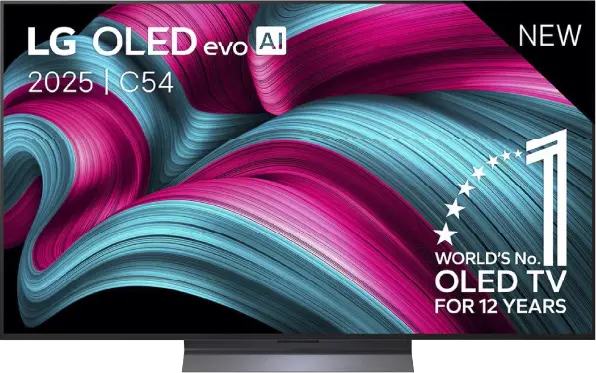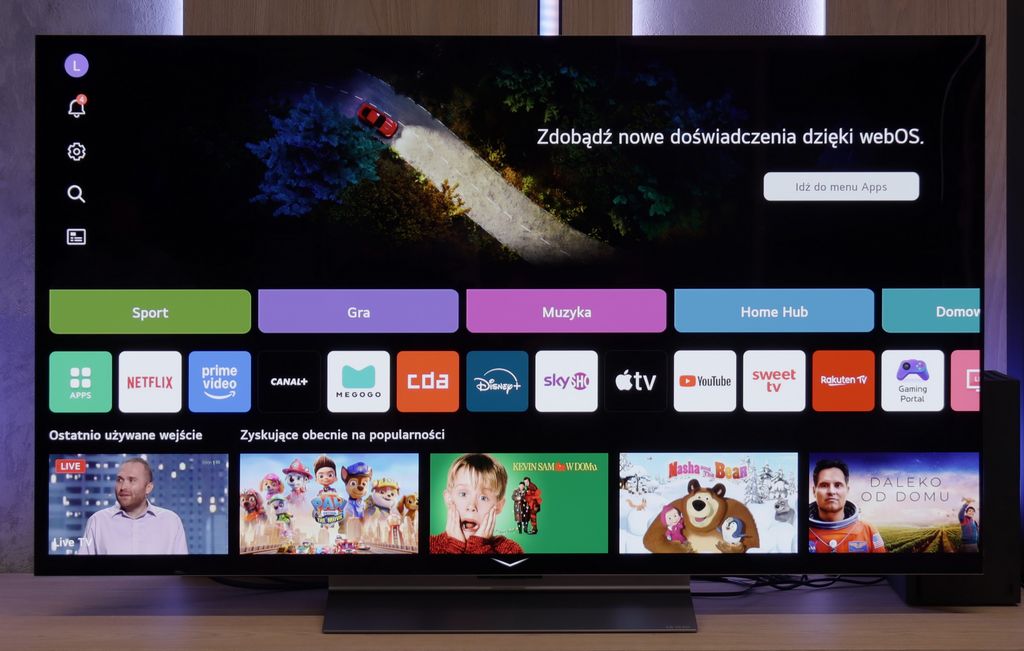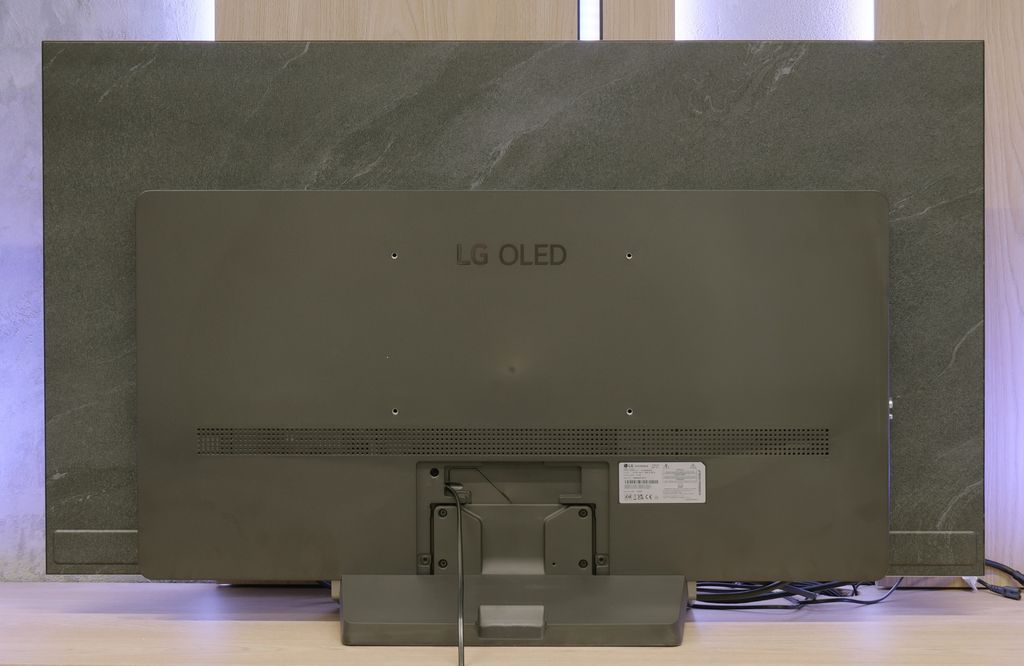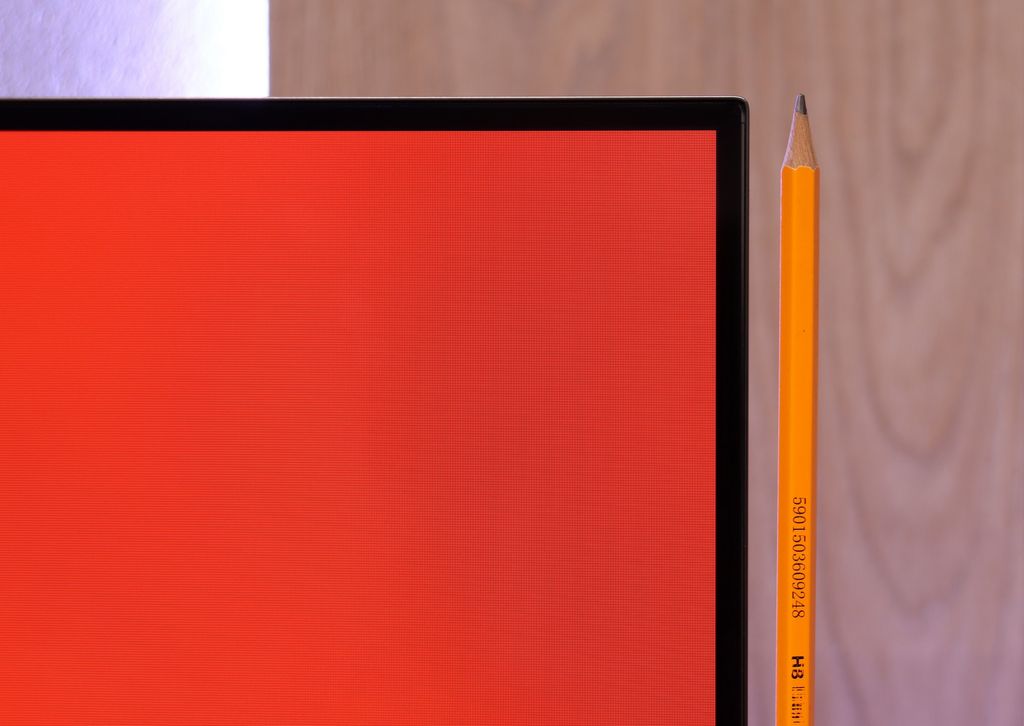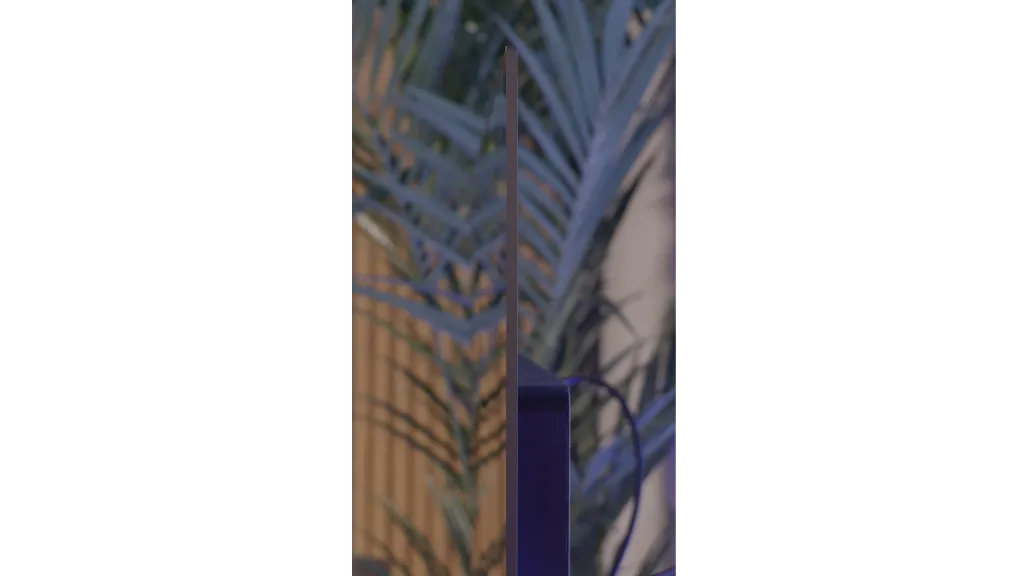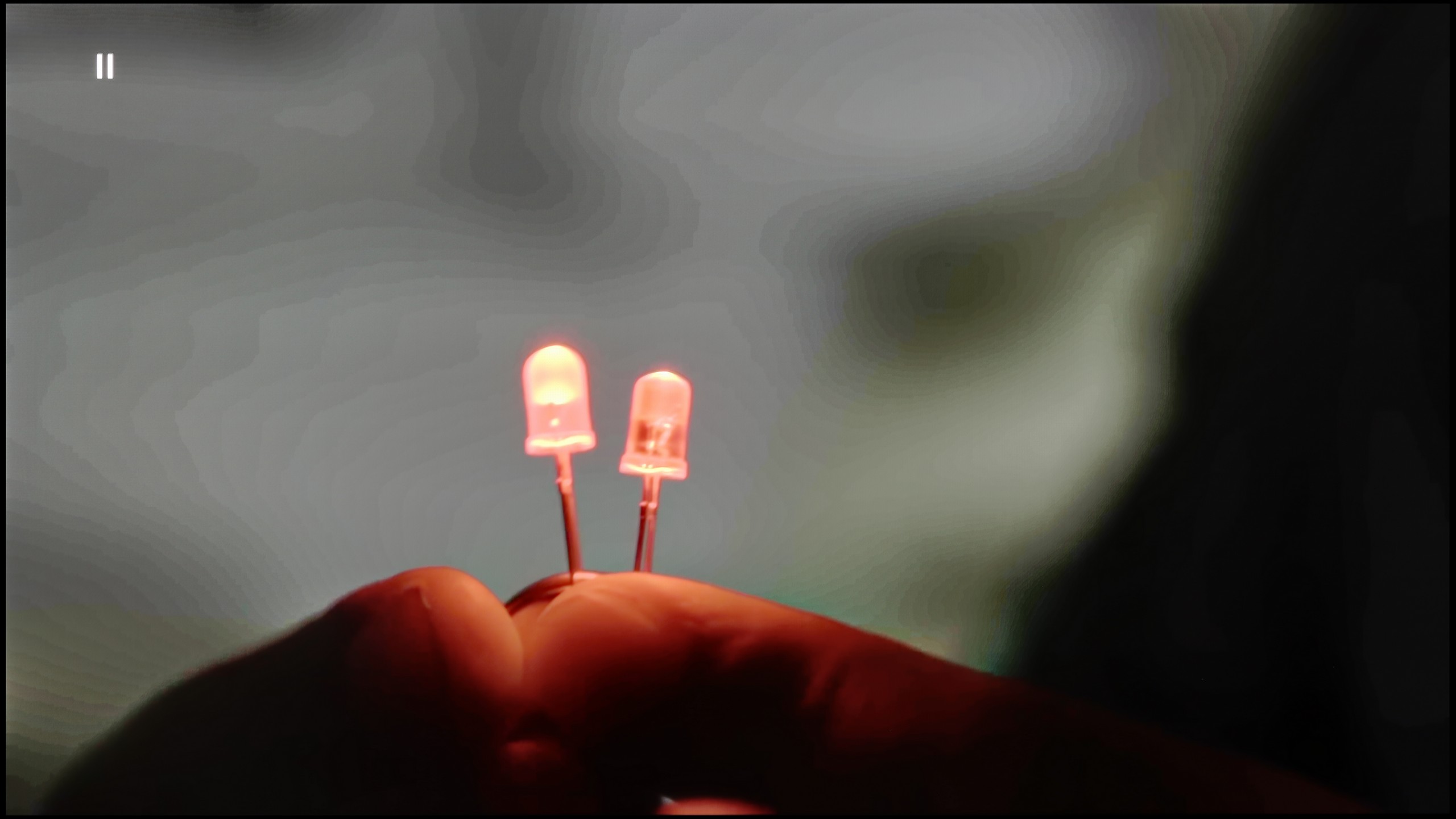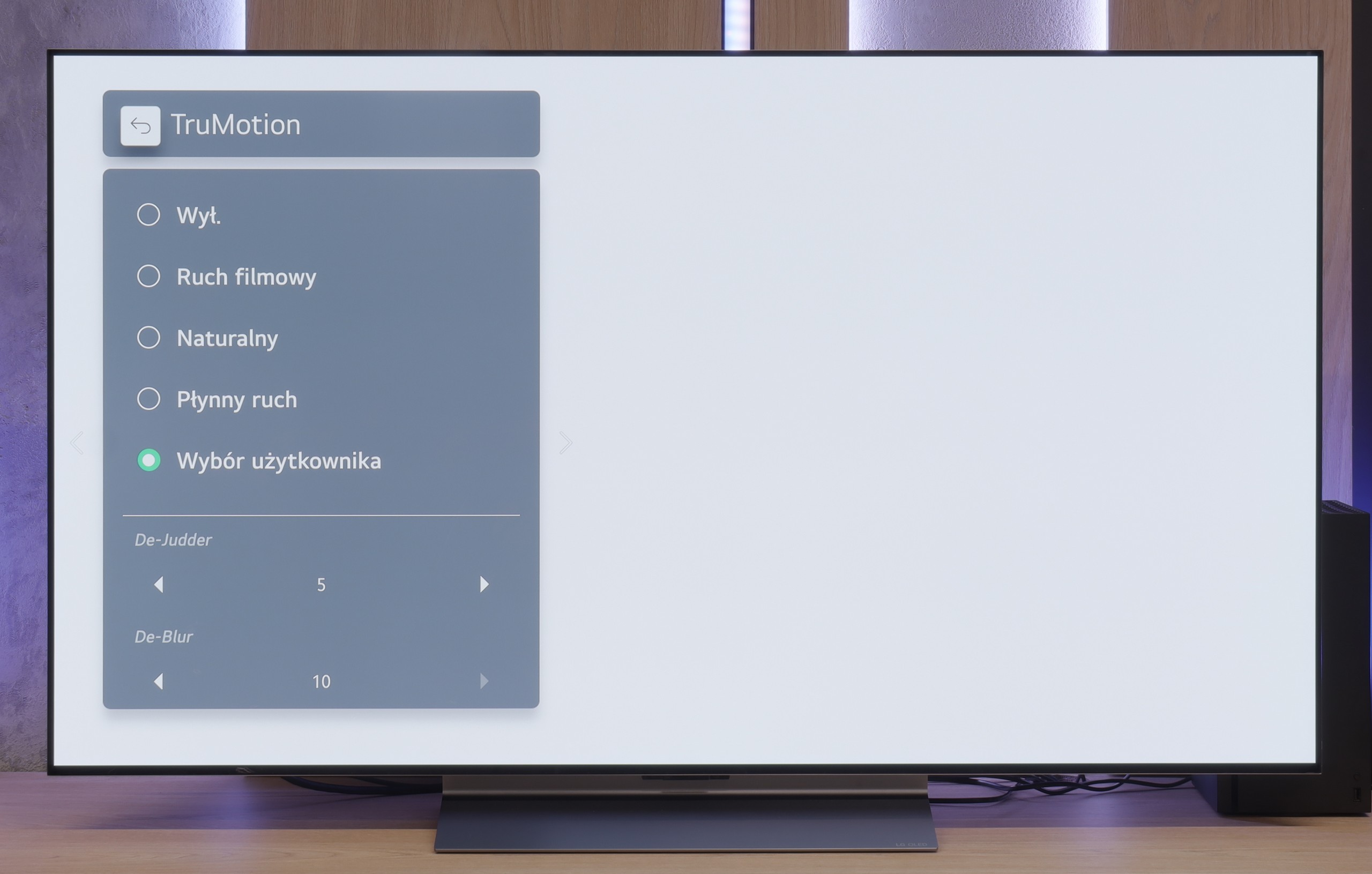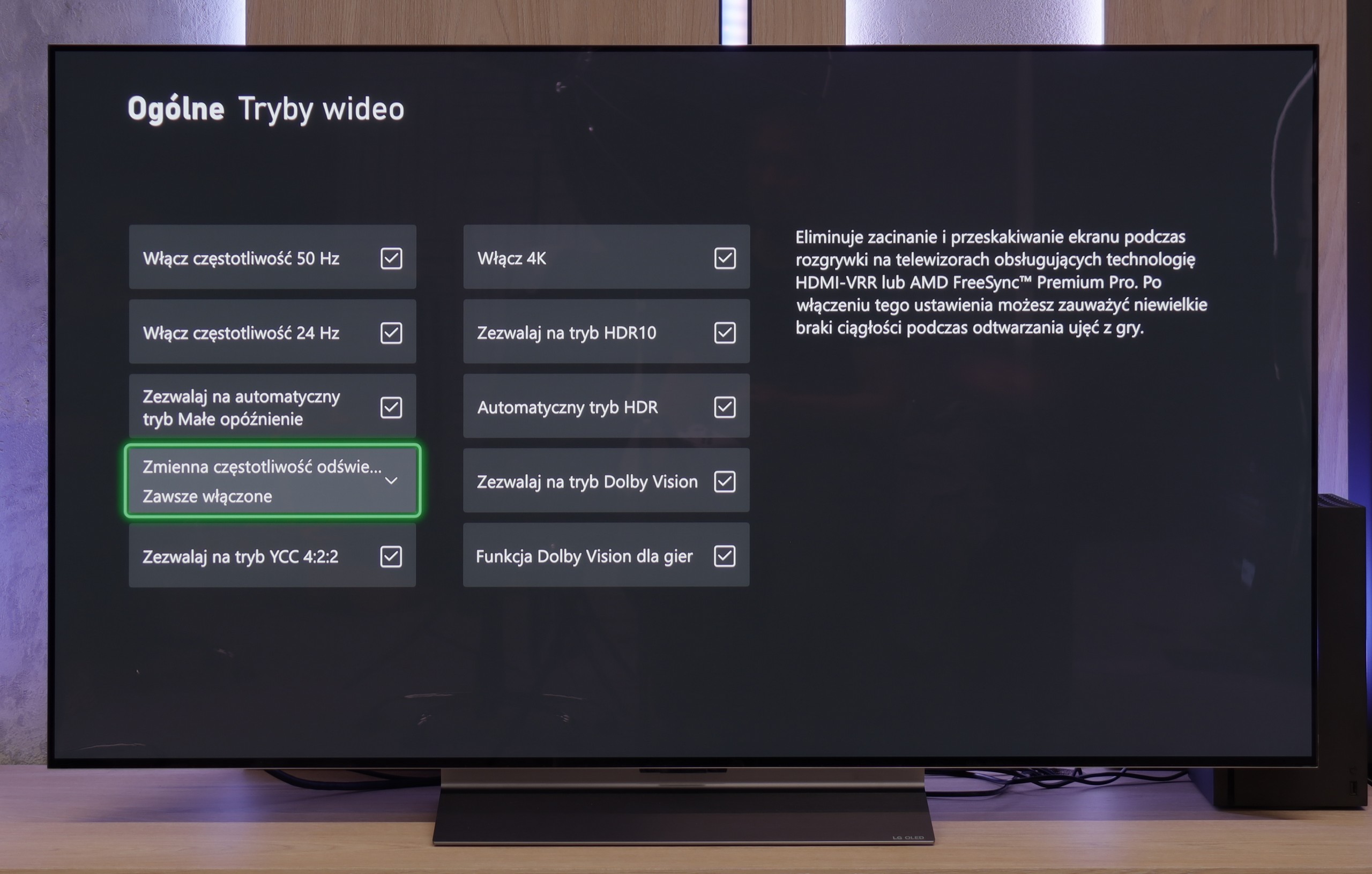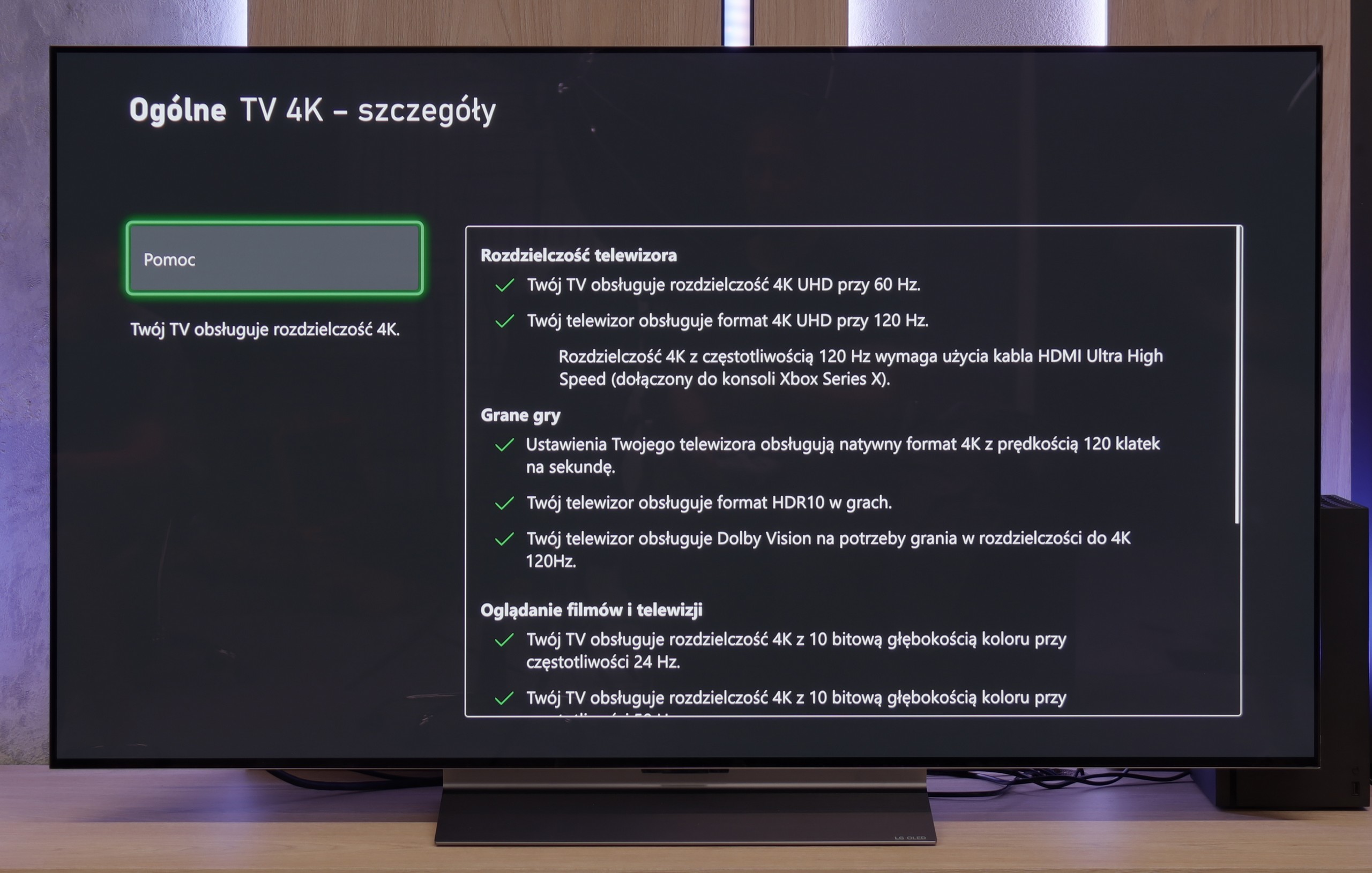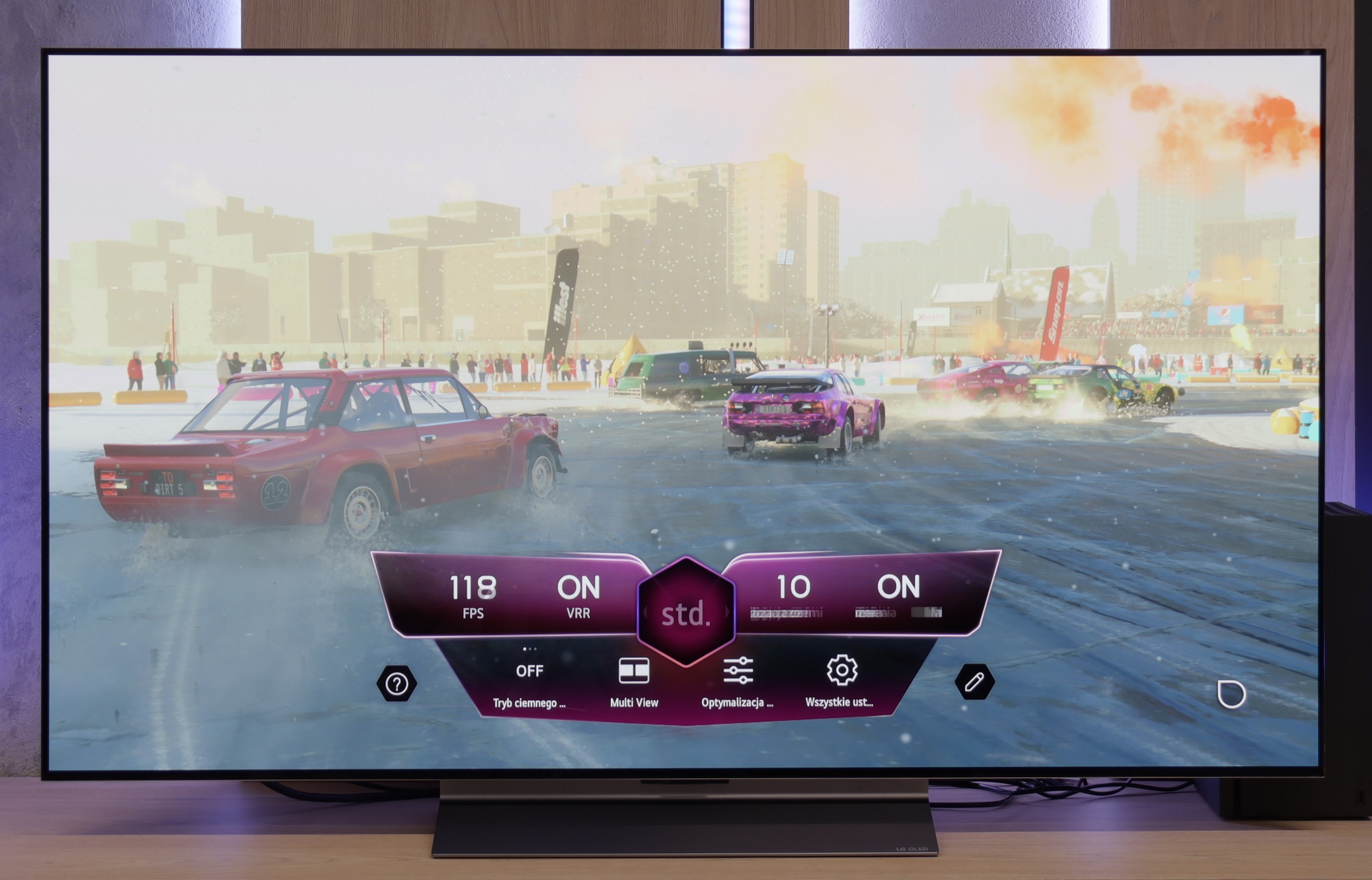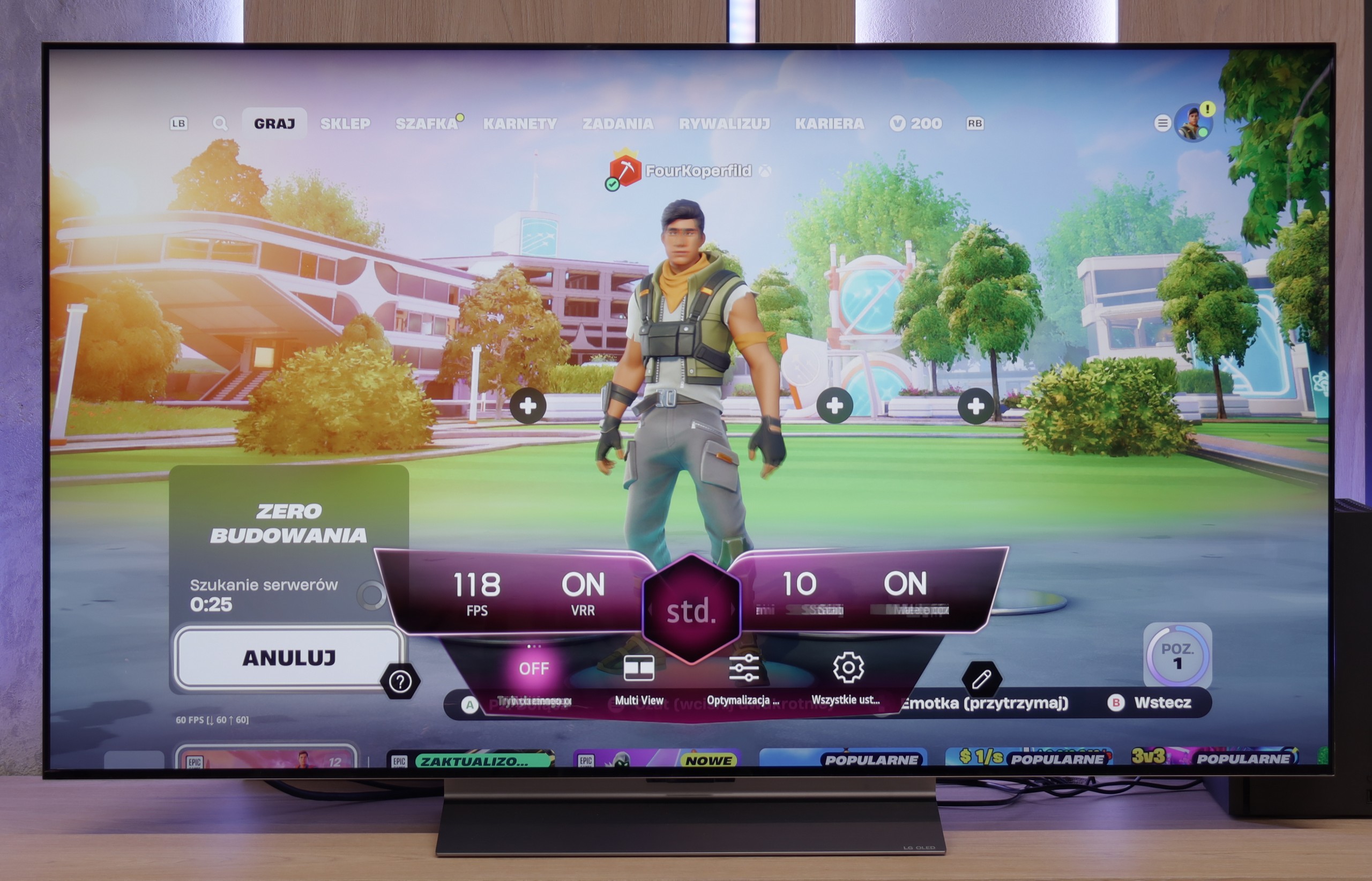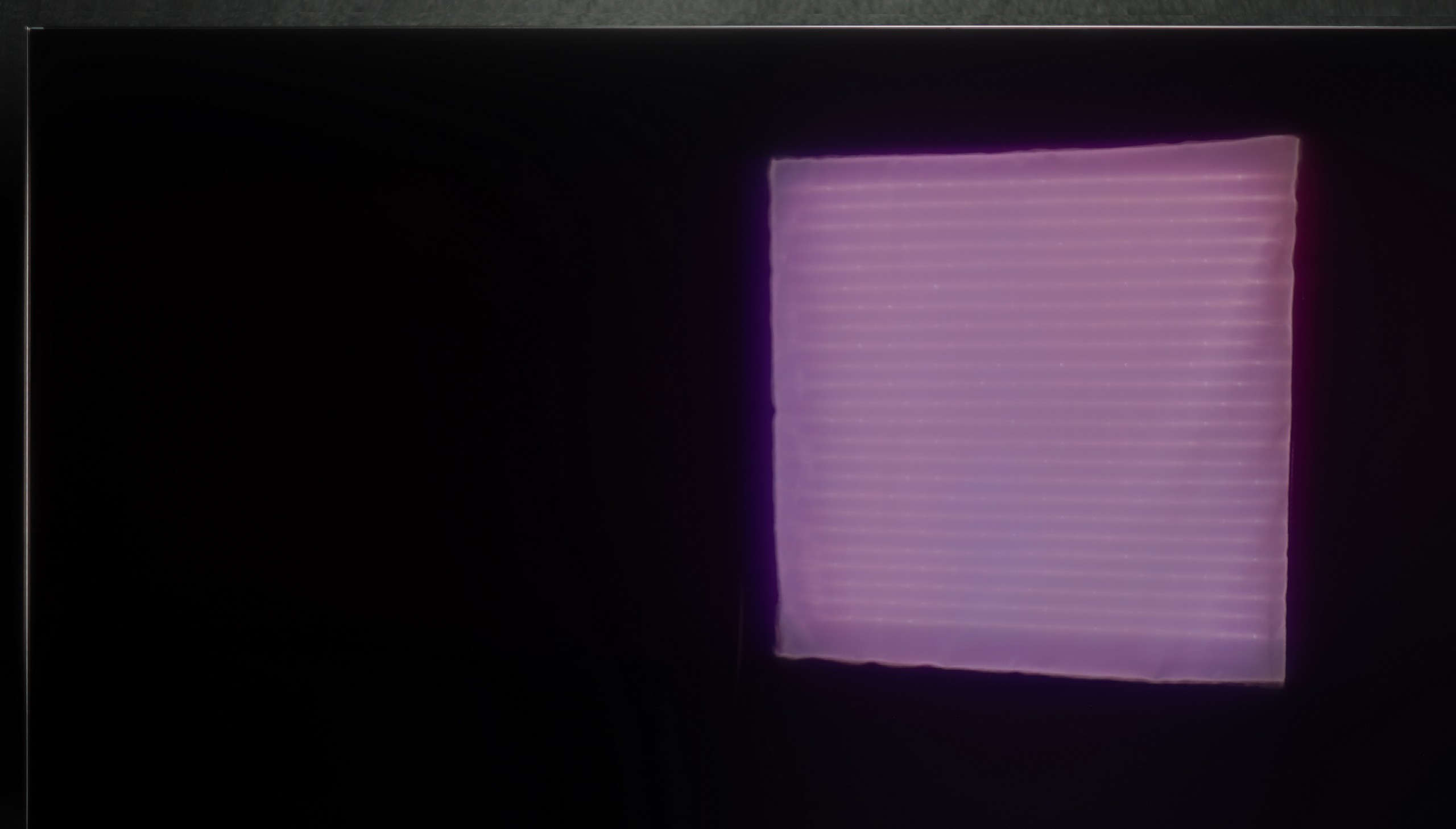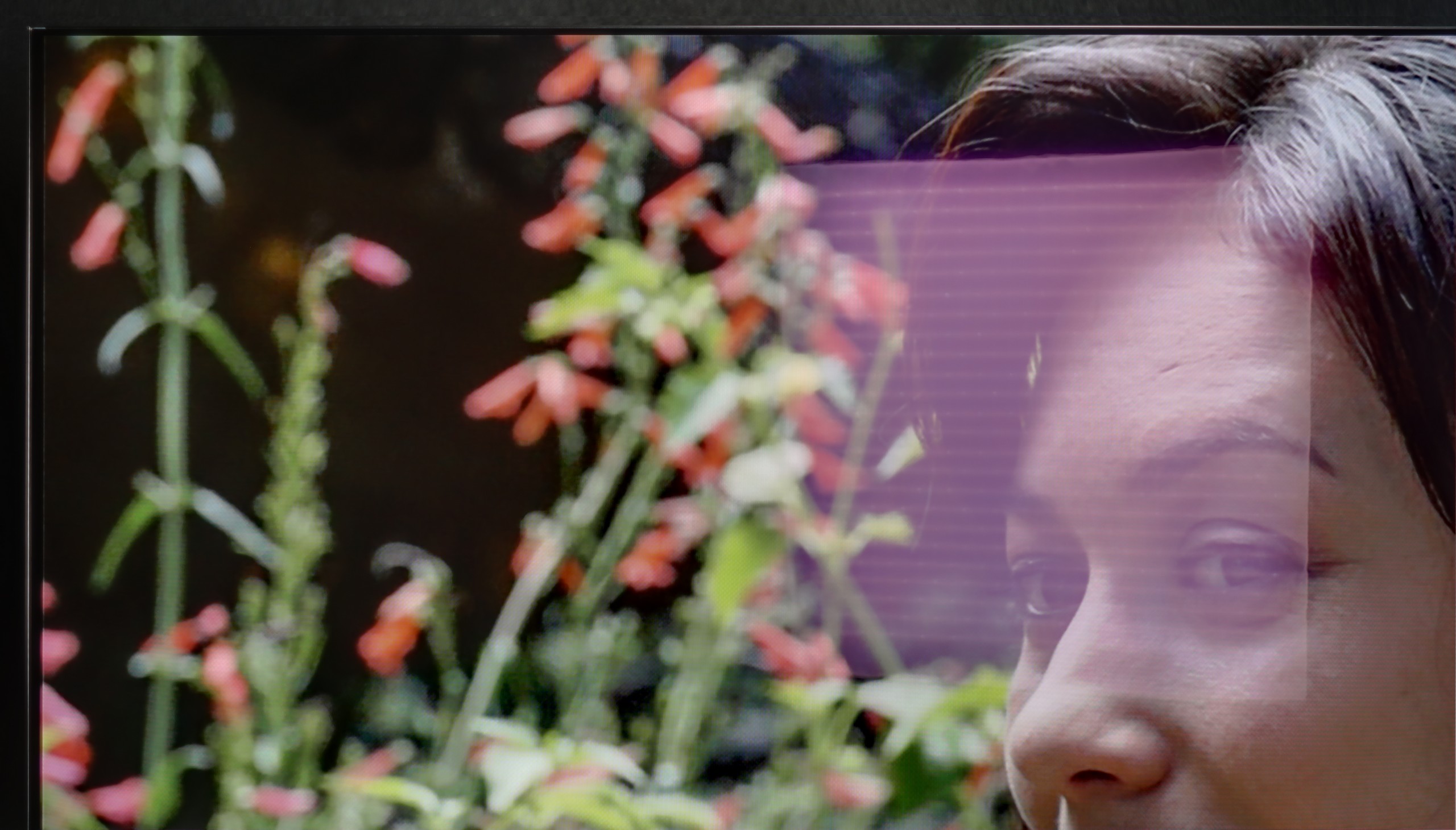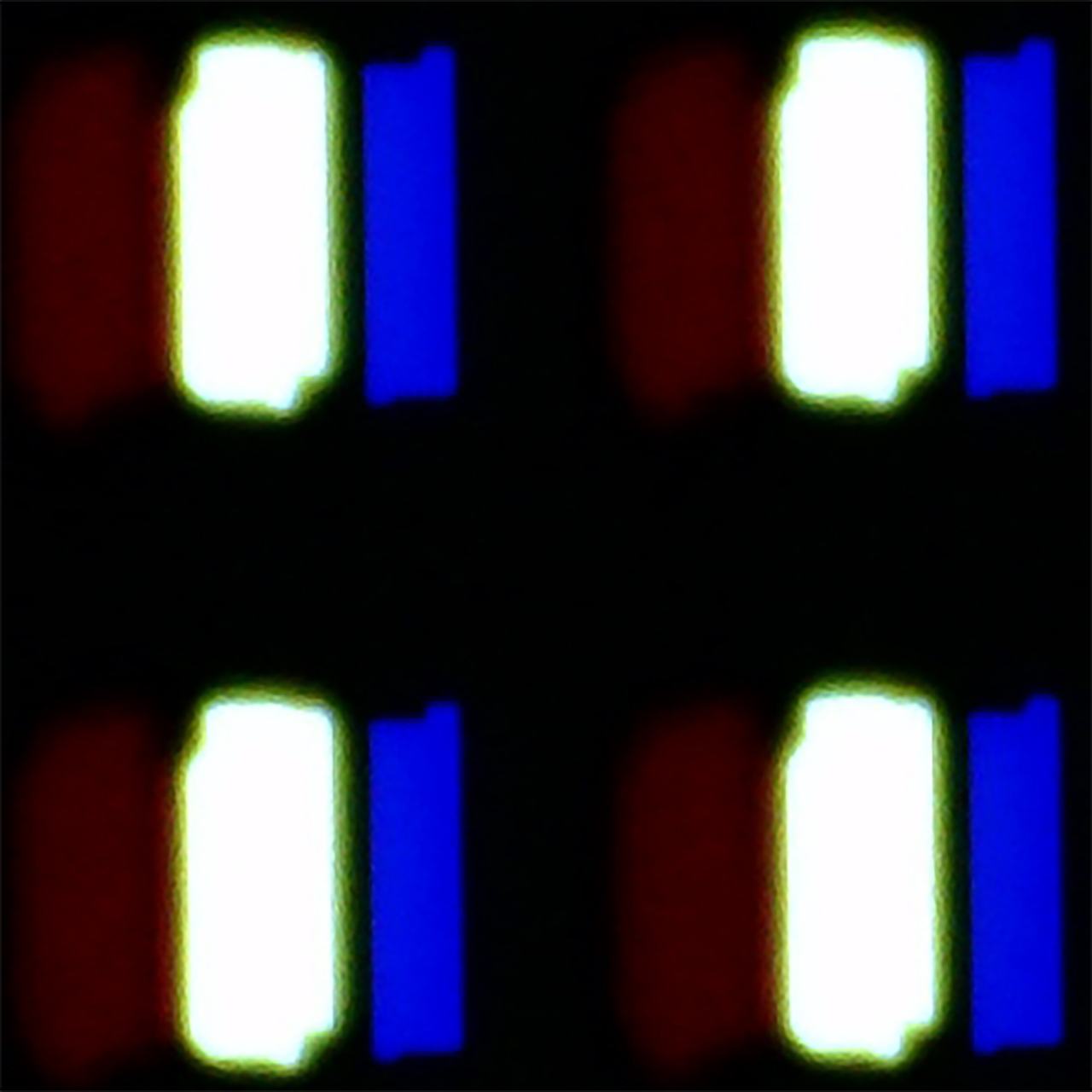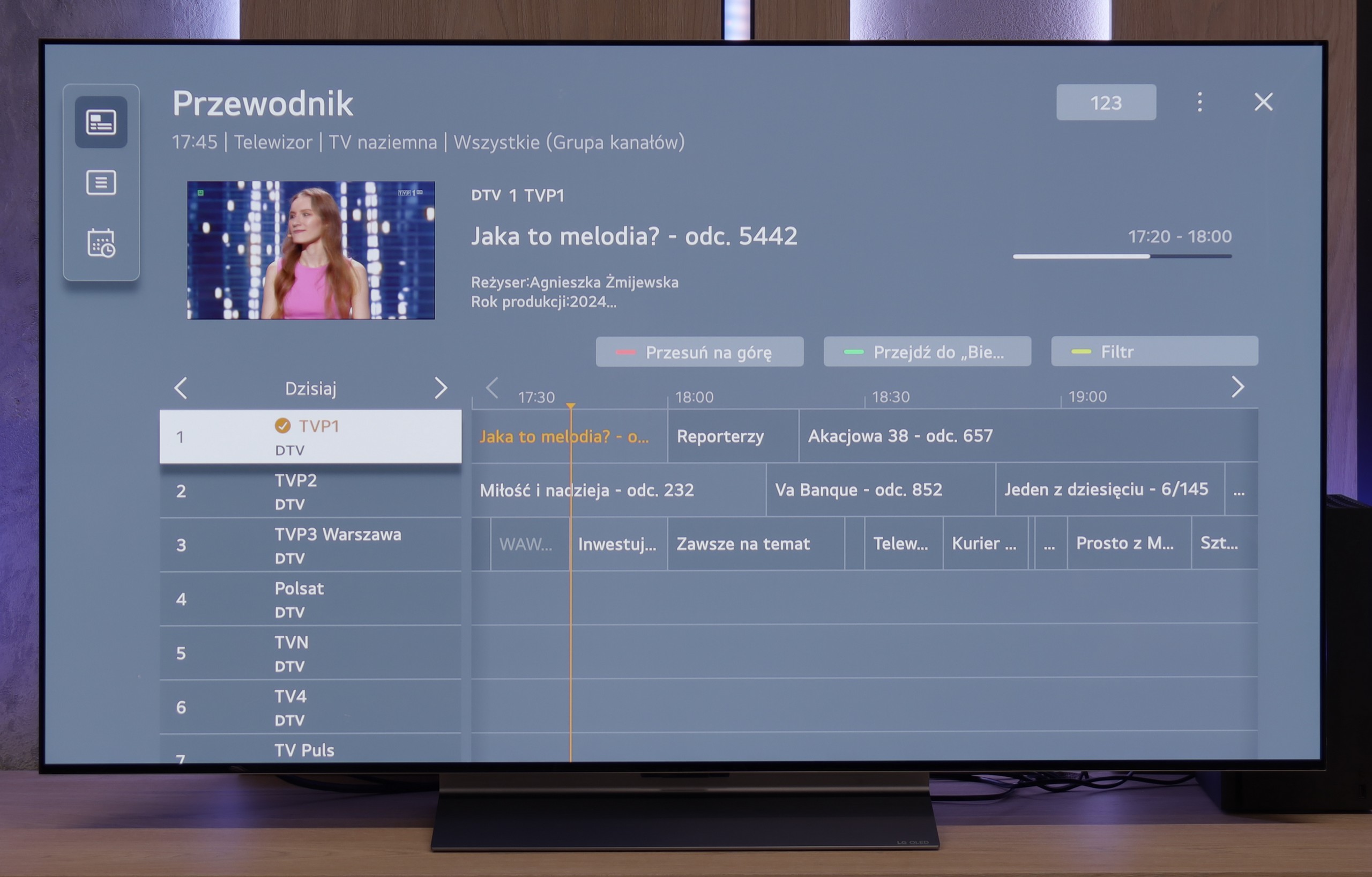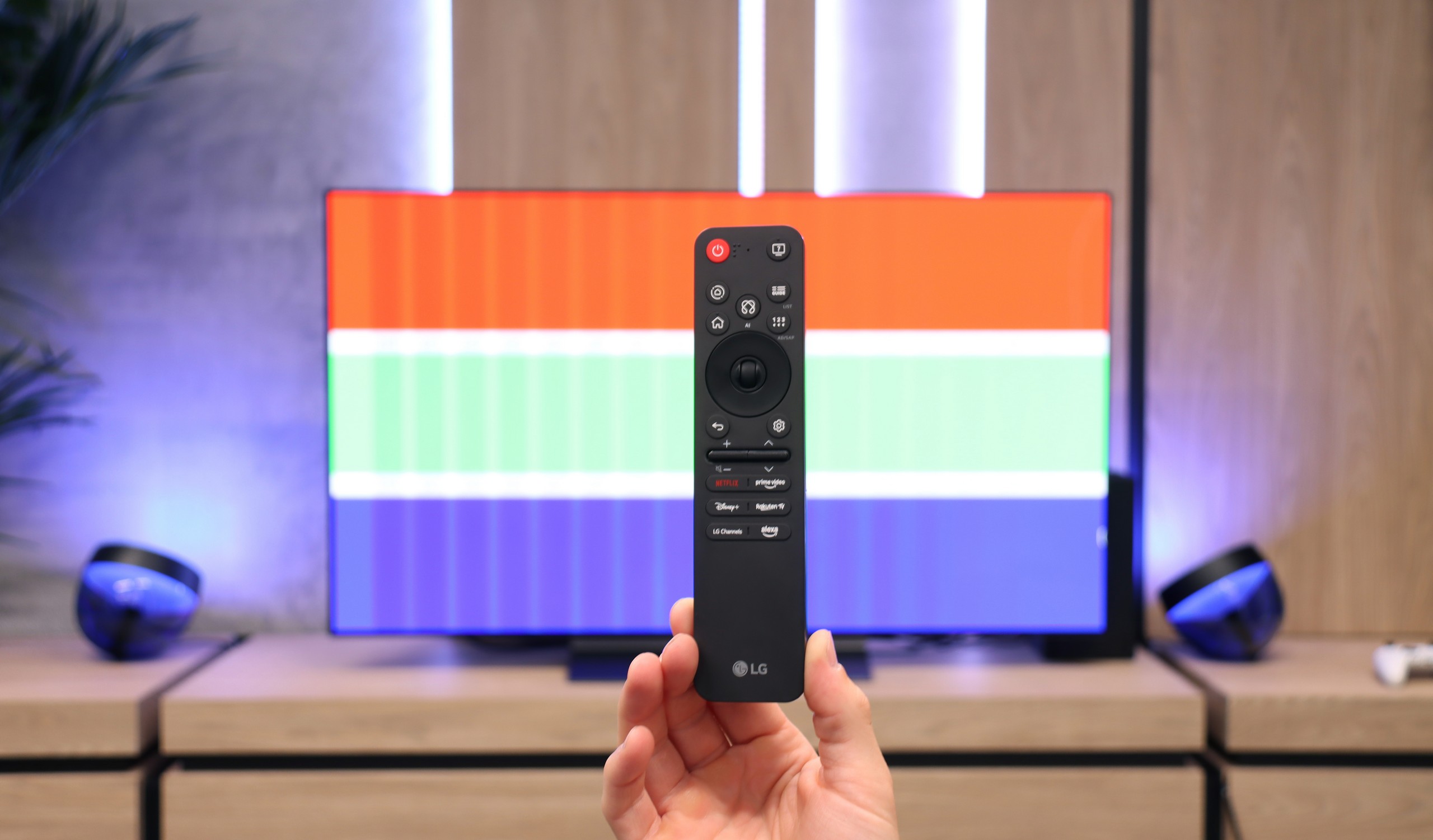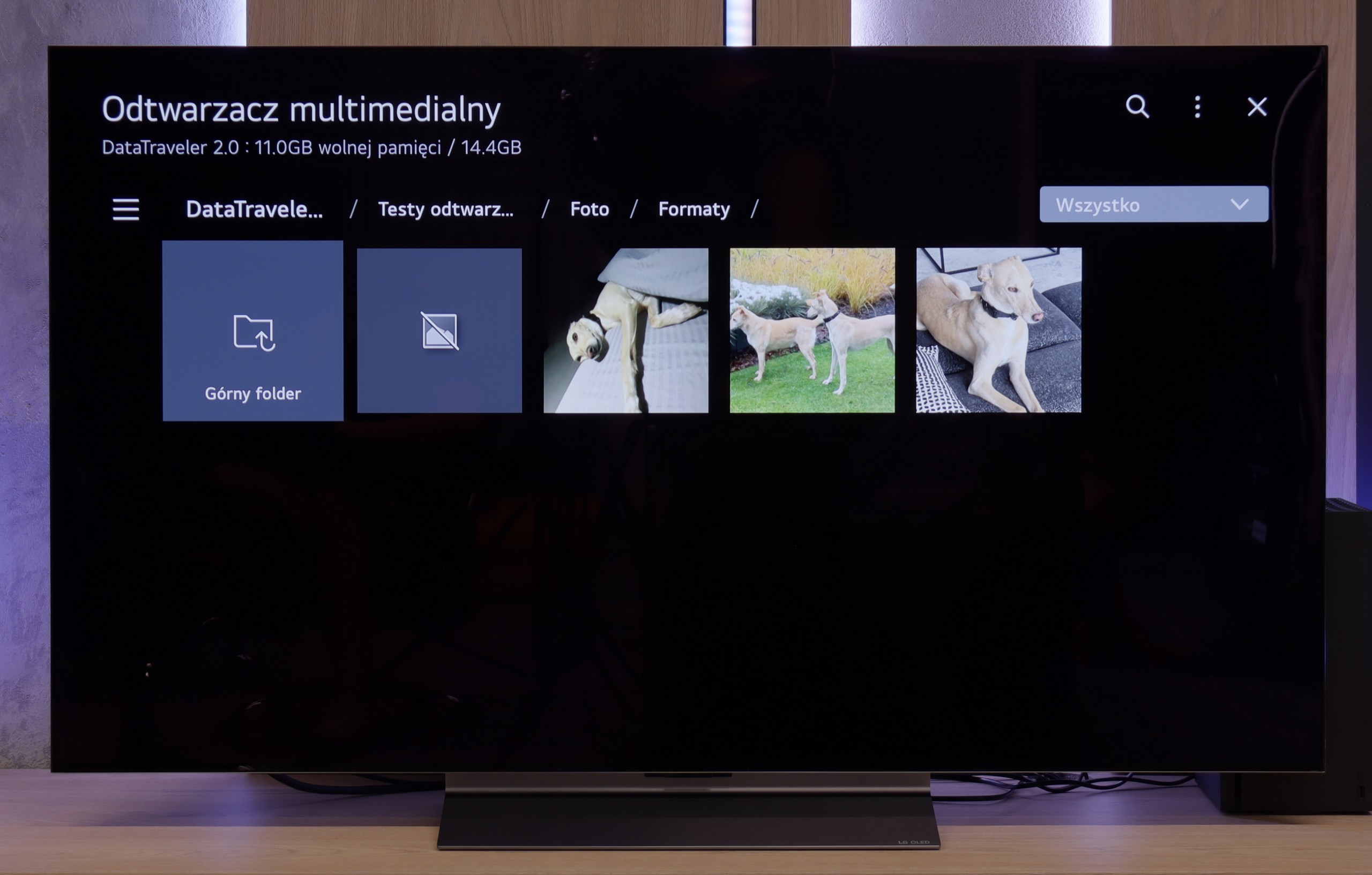LG has used its well-established proprietary WebOS system, a staple in its televisions for many years. This system provides access to virtually all major applications, with only a few notable exceptions, such as CDA or KODI. Additionally, the modern web browser and the remote control with a built-in mouse make streaming services easily accessible, even when specific apps are unavailable. One of WebOS's standout features is its ability to operate using a cursor that appears when the remote control is moved, offering great convenience when entering queries or passwords.
WebOS also includes screen mirroring, AirPlay, and Bluetooth headphone connectivity. For users with hearing impairments, it’s worth noting that WebOS allows the simultaneous use of headphones and the TV speaker, providing added flexibility. For sports fans, the system has a handy alert feature that notifies users of an upcoming match, ensuring they never miss a game.
Another highlight is the home panel, which enables users to control all smart devices connected to their home network. For example, a completed washing cycle will trigger a notification in the upper right corner of the screen.
In conclusion, while WebOS may not be as widely known or feature-rich as Android TV, it offers stable, fast performance and supports the majority of functions that users need. It is a solid and reliable option for those seeking a simple, effective, and user-friendly operating system for their television.
Classic TV Features:
In terms of classic television features, the LG C5 performs really well. Here we have the option to record programs to USB from built-in DVB-T(2) tuners, support for teletext, an EPG program list, as well as seamless pairing of headphones via Bluetooth. For many users, these are still very important elements of daily TV usage – and here LG does not lack anything except for the PIP function. It's worth noting the topic of the remote control, or rather... different versions of the remote. In our test, we used the C54 model, which came equipped with a new version of the Magic remote. It somewhat resembles Samsung's minimalist approach – lacking a numeric keypad or a "source" button, but it looks modern and is convenient for everyday use. On the other hand, other variants like the C5ELB may be sold with an older version of the remote – a more classic one, with a greater number of buttons and a numeric keypad. Some may consider it more practical, while others see it as outdated. In short: quite a bit of confusion, so it's worth checking the model suffix before purchasing.
Smart TV:
Regardless of the version of the remote, we operate the same system – WebOS. This is one of the most pleasant solutions in the world of Smart TV. The intuitive menu, fast performance, and support for popular features like AirPlay, screen mirroring, or voice assistant make the system very effective for daily use. Additionally, controlling the cursor using the gyroscope in the Magic remote remains one of the most convenient forms of navigation in televisions. There are really a lot of applications available – Netflix, Disney+, HBO Max, Apple TV, and many others. However, one must remember that this is not a system based on Android/Google TV, so it might happen that we simply won't find some less popular applications in the LG store.

